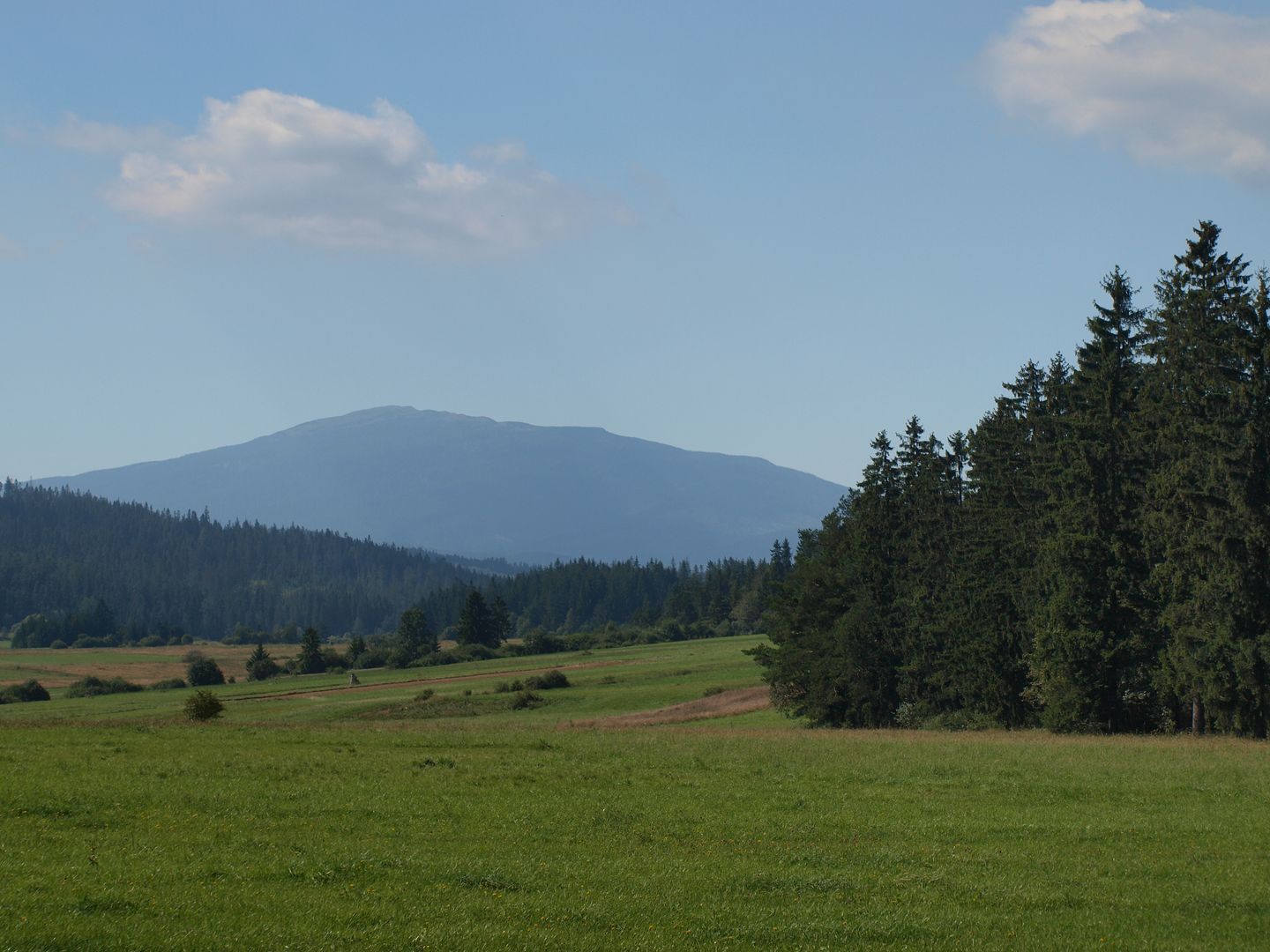Podwilk
6.04

Overview
Podwilk, a village located in the Lesser Poland Voivodeship, is a place rich in history and interesting architecture. Among its notable monuments is the Parish Church of St. Martin, built in 1767. Constructed from stone and plastered, it features a three-bay nave and a square tower. Inside, a bell dating back to 1702 can be found. Another significant site is the Jewish cemetery, established in the second half of the 19th century, which is the only Jewish cemetery in the Polish part of Orava. The cultural landscape of Podwilk is enriched by the local Orava dialect, considered transitional between Polish and Slovak. The village's history dates back to 1585, with its development closely tied to settlement and privileges granted by landowners. In the 19th century, Podwilk became a stage for struggles over language and national identity, symbolized by activists such as Eugeniusz Stercula and Aleksander Matonóg. After World War I, the village was incorporated into Poland, though it briefly fell under Czechoslovak occupation. During World War II, Podwilk was occupied by Slovakia, and after the war, its residents lost valuable artifacts of national memory. Today, the village is home to around 2,000 inhabitants and offers tourist attractions such as the Bembeńskie Nature Reserve and the "Madejowe Łoże" campsite. Integral parts of Podwilk include Bosakowa, Kierpcowa, Kobiałkowa, among others. From 1975 to 1998, the village was administratively part of the Nowy Sącz Voivodeship. In summary, Podwilk is a place of significant cultural and historical importance, preserving its heritage through architecture and local traditions.
Location
2025 Wizytor | All Rights Reserved